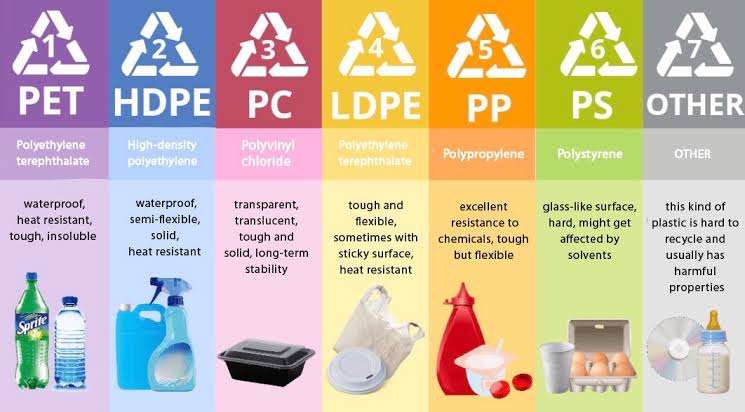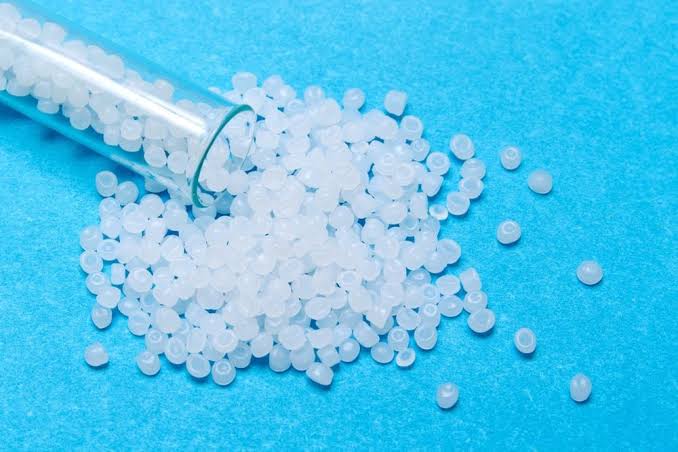Polyethylene (PE), aka polythene or polyethene, is actually a buzzword in today’s world of plastic. As we know, polythene is a thermoplastic polymer which softens when heated up and hardens when cooled. Among all thermoplastic polymers, the one which is widely used is the polyethylene variant. This increasing popularity is attributed to its simple structure. Thus, it is the most common and the simplest of all polymer variants, commercially viable.
Polyethylene has a unique linear structure and is of the synthetic polymer category. Its primary application is in the sector of packaging. The number of top plastic polymer companies in India that make covers, plastic bottles, and big containers and geomembranes is always on the rise because of the pervasive usage & applications of polyethylene. Thousands of millions of tonnes are produced on a yearly basis for a plethora of commercial and industrial requirements. Hence, the demand for reputed polymer dealers in Chennai and other metropolitan cities is always increasing. Studies state that the Indian Polymer Industry has a huge share in the world production of polymers especially those used in producing plastic goods. Moreover, polymers make up the majority of demand in the consumption of basic petrochemicals, with a share of about 55%.

It is true that polyethene is basically thermoplastic but some modified variants exhibit thermosetting characteristics. (i.e.) those soften during their first heating but become permanently hard on cooling. For instance, the cross-linked polyethene.
Depending upon the molecular structure polythene can be categorized into several subcategories that exhibit unique characteristics making them fit for particular applications. Out of all the types of polyethene, the categories which are very popular among the majority of polymer companies include:
- Low-density polyethylene (LDPE)
- High-density polyethylene (HDPE)
Let’s dig in further to better understand:
- Characteristics of LDPE and HDPE
- Pros and cons of LDPE and HDPE
- Applications of LDPE and HDPE
Characteristics of LDPE and HDPE:
LDPE and HDPE are both thermoplastic materials but the degree of density is all that makes the difference. This variation is owing to the fact that LDPE has more branching than HDPE.
During polymerisation, branching is a process where polymer chains build secondary polymer chains by swapping an atom in the primary chain with a monomer group. This process wanes the intermolecular forces in the polymer. As a result, HDPE has a higher strength-to-density ratio than LDPE. Thus, both are distinguished based on the degree of branching in their molecular structure, and hence display varying properties & diversified applications. Their key properties include:

| Property | LDPE | HDPE |
| DENSITY | Low 0.91-0.94 g/cm3 | High 0.95-0.97 g/cm3 |
| STRENGTH | Relatively more impact strength in cold conditions | High tensile strength |
| TEMPERATURE RESISTANCE | Drastic reduction in density when subject to temperatures beyond 20°C | Can withstand more than 100°C |
| CHEMICAL STRUCTURE – Branching | More | Less |
| TRANSPARENCY | HighClear or translucent | LowTranslucent to opaque |
| FLEXIBILITY | Low crystallinityMore flexible & softer | High crystallinityMore rigid |
| MELTING POINT | ~115°C low | ~135°C high |
Similarities in properties:
- Low material weight
- Excellent Resistance to water vapour, weathering and chemicals
- Good recyclability
- Low cost of manufacture
- Higher injection speeds
- Drying of the finished part is not necessary
PROS & CONS OF LDPE AND HDPE:
| LDPE | HDPE | |
| ADVANTAGES | Resistant to acids and bases· Easy processing & moulding· Maximum allowable stress at 20°C is 6–17 MPa | High tensile strength with the capacity to resist low temperatures· Comparatively stronger and stiffer· Maximum allowable stress at 20°C is 14–32 MPa |
| DISADVANTAGES | Not fit for use in very high or low temperatures· High permeability to CO2 and other gases | Greater risk of mould shrinks |
RANGE OF APPLICATIONS OF LDPE AND HDPE:
Applications of LDPE:
- First and foremost, plastic bags
- Light packaging materials like waterproof carton linings, plastic wrappers, Snap-On lids
- Plastic wash bottles
- Protective layering for work surfaces against corrosion
- Packaging and computer hardware covers
Applications of HDPE:
- 3D printers’ filament
- Materials required for strong packaging like plastic bottle caps, milk bottles, huge drums, and bulky containers ideal for industrial usage
- Fibres needed for making ropes, quality nets, and a range of industrial fabrics
- Fuel tanks of vehicles
- Sturdy boat parts
- HDPE pipes, fittings & tubing
- HDPE plastic furniture like chairs and tables
- Useful for manufacturing playground structures like slides, swing seats etc
- Lot of consumer products like trash cans, recycling bins, toys etc.
As already discussed as both have many similarities in their properties, they have commonalities in applications to some of the industries:

- Automotive & Automobile
- Electrical & electronics
- Hydraulics
· Pipes & fittings
- Pneumatics
- Packaging
The LDPE & HDPE polymer uses are momentous in almost all walks of life and the revolution created by them in different sectors of the economy is indeed tremendous!

